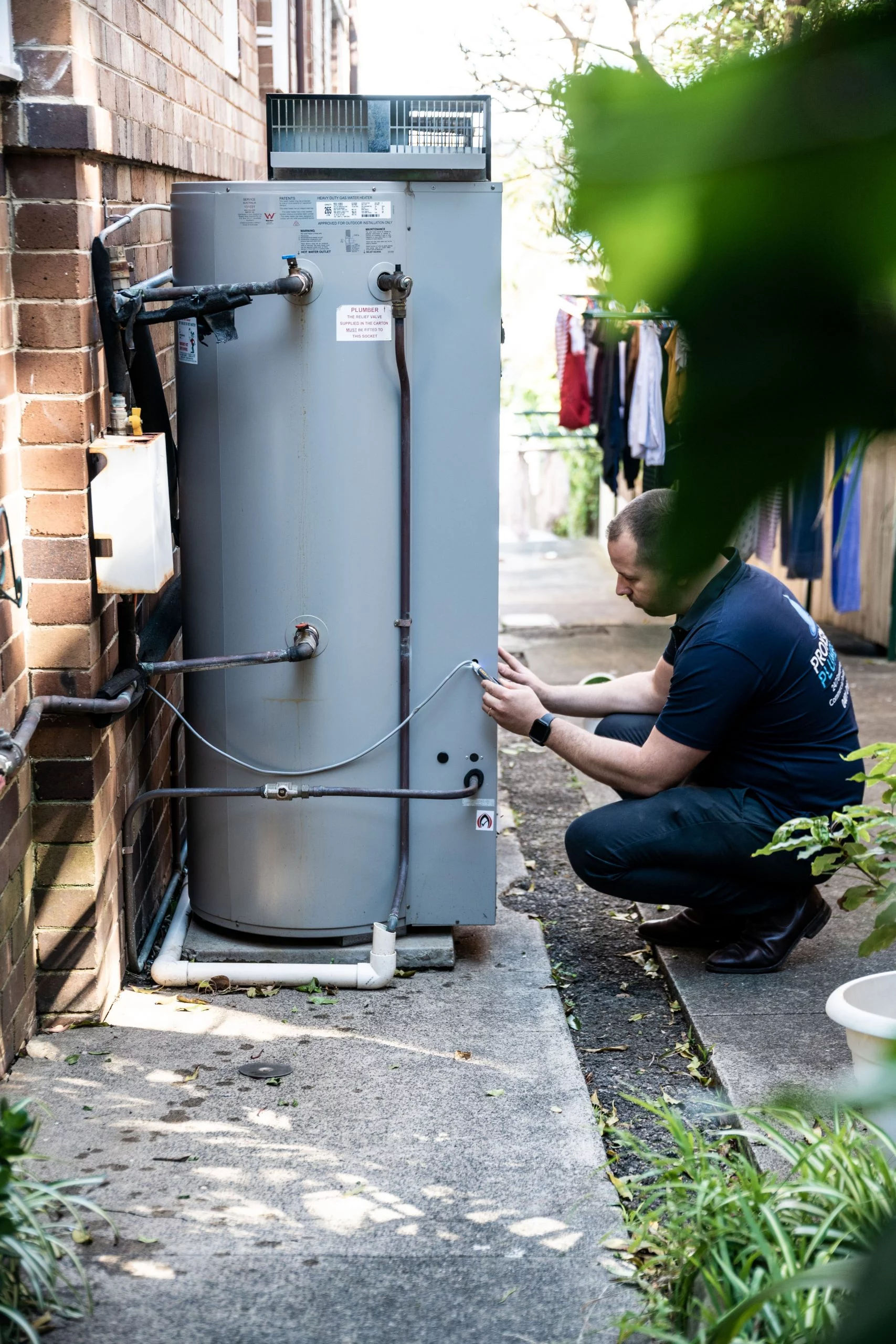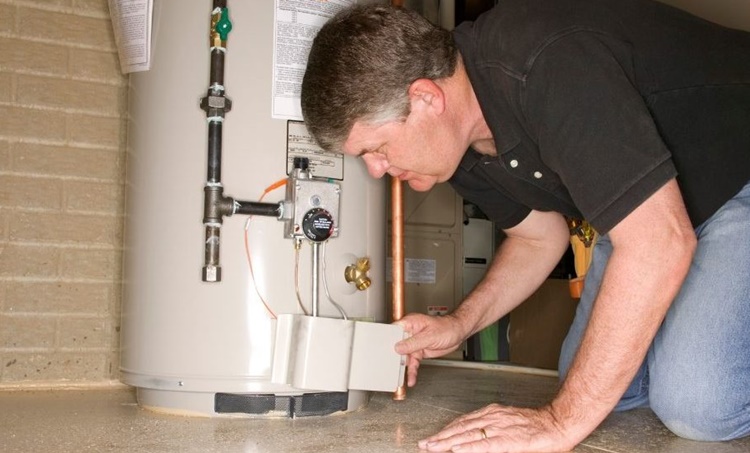Expert Tips for Maintaining Your Home's Hot Water SystemStraightforward Methods to Maintain Your Home's Hot Water System Properly
Expert Tips for Maintaining Your Home's Hot Water SystemStraightforward Methods to Maintain Your Home's Hot Water System Properly
Blog Article
They are making several good points regarding How to Maintain a Hot Water Heater in a Few Simple Steps overall in this content directly below.

Hot water is important for everyday comfort, whether it's for a refreshing shower or cleaning meals. To ensure your warm water system runs successfully and lasts longer, normal maintenance is key. This post offers sensible ideas and insights on just how to preserve your home's warm water system to stay clear of disruptions and pricey repair services.
Introduction
Maintaining your home's warm water system might appear complicated, but with a few simple steps, you can ensure it runs smoothly for several years ahead. This overview covers everything from understanding your warm water system to DIY upkeep suggestions and knowing when to hire specialist assistance.
Importance of Keeping Your Hot Water System
Normal maintenance not just extends the life-span of your hot water system however also guarantees it runs efficiently. Ignoring maintenance can cause decreased effectiveness, higher power costs, and even early failure of the system.
Indicators Your Hot Water System Requirements Maintenance
Knowing when your hot water system requires focus can prevent significant issues. Watch out for indicators such as irregular water temperature, odd noises from the heating unit, or corroded water.
Understanding Your Warm Water System
Prior to diving into upkeep jobs, it's handy to understand the fundamental elements of your warm water system. Typically, this includes the hot water heater itself, pipes, anode poles, and temperature controls.
Regular Monthly Upkeep Tasks
Regular regular monthly checks can aid catch minor problems prior to they rise.
Flushing the Water Heater
Purging your water heater gets rid of debris build-up, boosting efficiency and extending its life.
Monitoring and Changing Anode Rods
Anode poles avoid rust inside the container. Evaluating and changing them when broken is crucial.
Examining and Readjusting Temperature Settings
Adjusting the temperature setups makes certain optimum efficiency and safety and security.
Do It Yourself Tips for Maintenance
You can perform several maintenance tasks on your own to keep your hot water system in top problem.
Checking for Leaks
Routinely inspect pipes and connections for leaks, as these can result in water damage and higher expenses.
Checking Stress Alleviation Valves
Checking the stress safety valve ensures it functions properly and protects against too much stress accumulation.
Protecting Pipes
Protecting hot water pipes decreases heat loss and can save energy.
When to Call a Professional
While DIY maintenance is useful, some problems need expert knowledge.
Complicated Problems Needing Expert Help
Examples include significant leakages, electric troubles, or if your hot water heater is continually underperforming.
Regular Expert Maintenance Benefits
Professional maintenance can include thorough assessments, tune-ups, and guaranteeing compliance with safety and security criteria.
Final thought
Routine maintenance of your home's warm water system is necessary for effectiveness, longevity, and price financial savings. By complying with these suggestions and knowing when to look for expert help, you can make certain a dependable supply of warm water without unforeseen disruptions.
Water Heater Maintenance: The Basics
Maintaining your water heater will ensure it operates efficiently and has a longer lifespan. Neglecting regular maintenance can lead to costly repairs and an even bigger chunk of your savings if you have to replace it sooner than necessary. But there’s good news: Most water heater maintenance tasks are relatively simple and easy for homeowners with basic DIY skills.
Flush the Water Heater
Over time, sediment and minerals can build up in the tank, reducing its efficiency and potentially causing damage. To flush the tank, turn off the power or gas supply, attach a hose to the drain valve near the bottom and open the valve to drain the water until it runs clear. Ideally, flush the tank annually.
Replace the Anode Rod
The anode rod is a sacrificial metal rod that helps prevent corrosion inside the tank. Inspect and replace it every three to five years or per the manufacturer's recommendation. To replace the anode rod, turn off the power or gas supply, drain a few gallons of water from the tank, unscrew the old rod and replace it with a new one. If the anode rod is significantly corroded or covered in calcium buildup, it's a sign the water heater may need to be replaced soon.
Tune-Up
A yearly tune-up can help identify potential issues and ensure your water heater operates at peak efficiency. This typically involves checking the thermostat, burner assembly (for gas heaters) and any other components specified by the manufacturer. During a tune-up, the technician may also clean the burner and adjust the pilot light (for gas heaters) or examine the heating elements (for electric heaters).
How to Maintain Your Water Heater
Insulate the tank. Insulating the tank can improve energy efficiency and reduce heat loss, saving you money on energy bills. You can purchase precut insulation blankets designed specifically for water heaters or use standard fiberglass insulation wrapped securely around the tank. Check the temperature. The recommended water temperature for most households is around 120 degrees Fahrenheit (49 degrees Celsius). Higher temperatures can increase energy costs and potentially cause scalding. Use a kitchen thermometer to check the temperature at the faucet nearest the water heater. Monitor water pressure. Excessive water pressure can strain the water heater and cause leaks or even tank failure. Install a pressure-reducing valve if necessary. The ideal water pressure range is between 60 and 70 PSI (pounds per square inch). Test the temperature and pressure (T&P) relief valve. The T&P relief valve is a safety feature that releases pressure if the tank gets too hot or the pressure builds up too high. Test it annually by lifting the lever and allowing a small amount of water to release. Replace the valve if it doesn't release water or reseal properly. Check for leaks. Regularly inspect the tank, pipes and fittings for leaks or corrosion. Deal with issues promptly to prevent further damage. Even a small leak can lead to significant water damage over time. Consider a tankless water heater. If your traditional tank-style water heater is nearing the end of its lifespan ( typically 10 years), consider replacing it with a tankless water heater. These units heat water on demand, reducing standby energy losses and potentially saving you money on your energy bills. Schedule professional maintenance. While homeowners can perform many water heater maintenance tasks, it's still a good idea to schedule professional maintenance every few years. A plumber or HVAC technician can thoroughly inspect the unit, identify potential issues and ensure it operates safely and efficiently. https://www.homeserve.com/en-us/blog/home-improvement/hot-water-heater-maintanence/

I am just very excited about What Kind of Maintenance Do Water Heaters Need? and I am praying you liked the new blog posting. Do you know somebody else who is interested in the topic? Why not promote it. I enjoy your readership.
Call Today Report this page